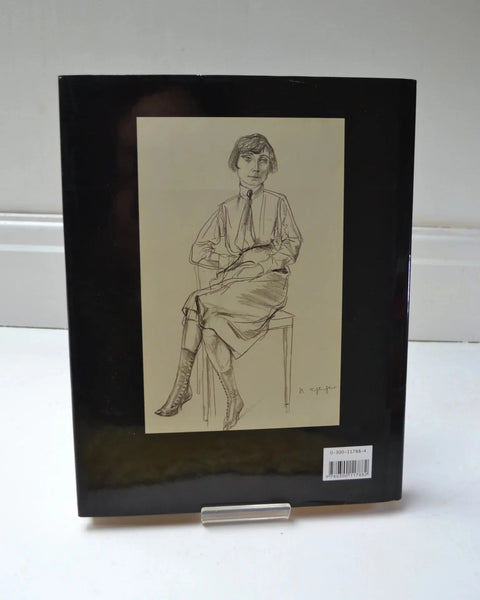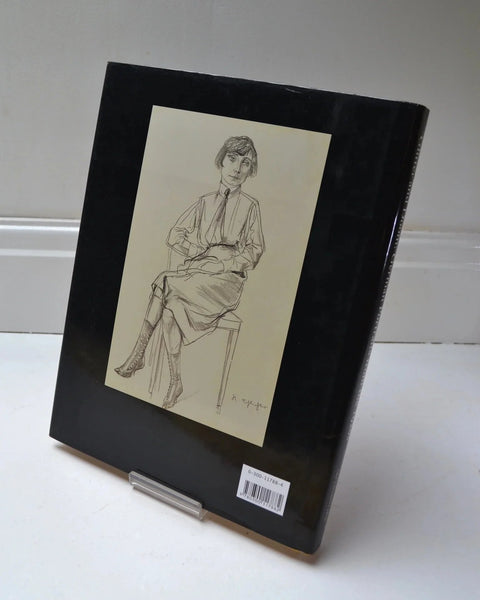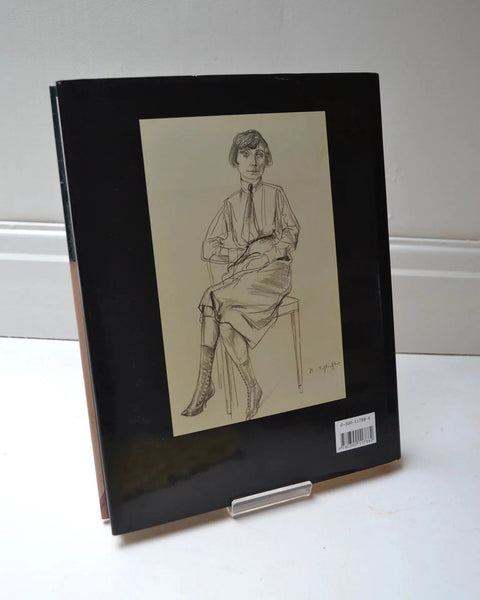Glitter and Doom: German Portraits From the 1920s Ed. by Sabine Rewald
Glitter and Doom: German Portraits From the 1920s Ed. by Sabine Rewald (Yale University Press / 2006)
'The years between the world wars in Germany were years of glitter and doom. After a crushing defeat in World War I, Germans were facing economic catastrophe, failed revolution, and the disintegration of the old order. Yet, the short-lived Weimar Republic, born in 1919 and swept away when Hitler came to power in 1933, saw an extraordinary flowering of culture marked by innovative accomplishments in art, literature, theater, film, and science. Artists, writers, and thinkers were liberated from the strictures of tradition and felt free to experiment and invent new forms. At the same time, and against the background of the rise of National Socialism, many Germans indulged in previously forbidden behaviors. Society seemed unhinged, and everything seemed possible. It was a brilliant, sinister time, when Berlin was the capital of art, sex, and violence.
Among the most intriguing of the artistic inventions of the period of the 1920s is Neue Sachlichkeit, or New Objectivity, in particular the branch of that realistic style of painting and drawing known as Verism. Verism, primarily as embodied in portraiture, is studied in this book, which accompanied a major exhibition at The Metropolitan Museum of Art in New York and is the first book that focused exclusively on the subject. With precise, hard-edged, smooth-surfaced forms, the Verists artists portrayed the Weimar demimonde of prostitutes, pimps, cocaine addicts, and transvestites and also the republic's businessmen, lawyers and now-forgotten poets. These artists, among them Max Beckmann, Otto Dix, and George Grosz, as well as others less familiar in the United States, sought to distill the appearance of each sitter so that he or she represents a type. In this way they created portraits that hold up a mirror to the rootless, doomed society of Weimar Germany that was obliterated when Hitler assumed power.
In his cogent essay, Ian Buruma provides historical context and an examination of the nature of German culture in the 1920s. Matthias Eberle offers a lucid overview of the Neue Sachlichkeit style. And in texts on every painting and drawing included in the exhibition, Sabine Rewald explores issues of style and also writes about the sitters and the circumstances surrounding the genesis of the portraits. Through these discussions of the portraits, a portrait of the age emerges. Every work in the exhibition is reproduced and numerous rich supplementary photographs are included. Among these illustrations are many photographs of the sitters, which illuminate the creative process by allowing us to compare each subject's actual appearance with the artists interpretation.' – From Dustjacket.
Hardcover. Minor bump to middle of back cover board and some very light soiling of top edge of text block (paper stock) caused by accumulation of dust but otherwise this beautiful book is in very good condition with clean, unmarked pages and light wear only to dustjacket.
Pages: 292












